- Home
- slideshows
- miscellaneous
- A breakdown of gun terminology to help you in discussions on mass shootings and debates over gun control
A breakdown of gun terminology to help you in discussions on mass shootings and debates over gun control
Semi-automatic vs. automatic

Magazine vs. clip
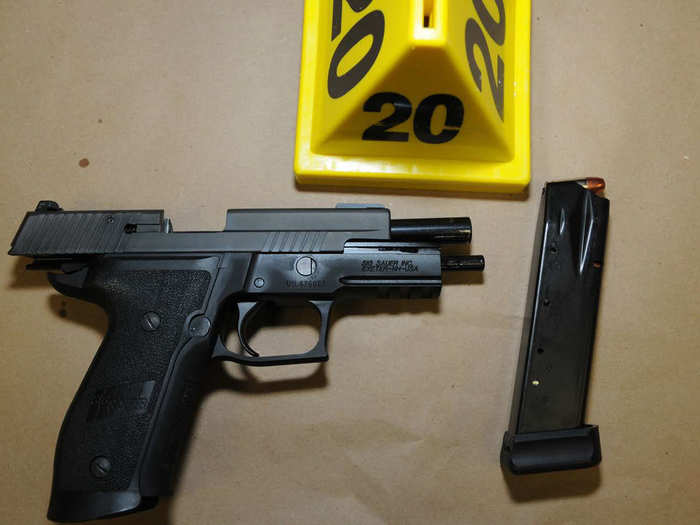
"Magazine" and "clip" are often used interchangeably, though they aren't the same thing.
A magazine is a container that holds cartridges or rounds of ammunition and feeds them into the firing chamber of a gun. Some magazines are internal, while others are detachable.
A clip holds multiple rounds of ammunition together, often on a metal strip, to be fed into a magazine. All guns have magazines, but not all firearms use clips.
Assault weapons
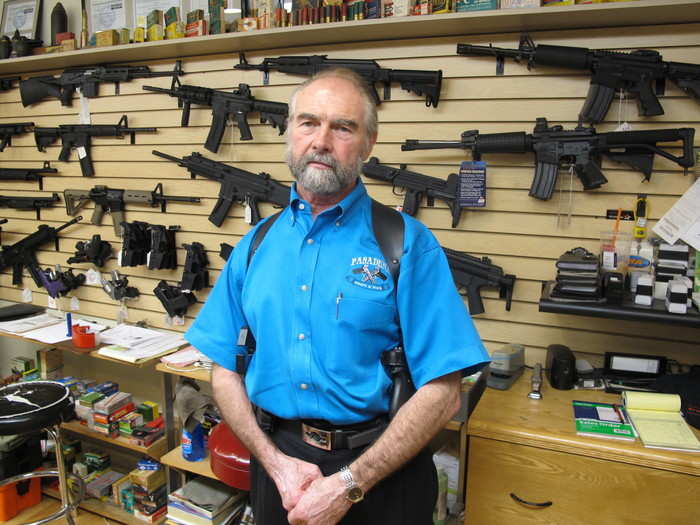
"Assault weapons" is among the most contentious phrases in discussions on gun control.
There's not a universal definition to what an assault weapon is, which is part of the reason this subject tends to antagonize the gun lobby or pro-gun advocates.
But in 1994, after the now-expired assault weapons ban passed, the Justice Department said, "In general, assault weapons are semiautomatic firearms with a large magazine of ammunition that were designed and configured for rapid fire and combat use."
The gun industry often defines an assault rifle as a firearm with "select fire capabilities," or the ability to adjust or switch the firearm between semi-automatic and automatic settings or modes.
In short, pro-Second Amendment groups typically say a firearm should only be called an assault weapon when it's capable of fully automatic fire — or they reject the terminology altogether.
"None of the so-called 'assault rifles' legally owned by US civilians are assault rifles as the term is used in military contexts," Florida State University criminal justice professor emeritus Gary Kleck, told PolitiFact.
Kleck added, "Assault rifles used by members of the military can all fire full automatic, like machine guns, as well as one shot at a time, whereas none of the so-called 'assault rifles' legally owned by US civilians can fire full automatic."
Based on the idiosyncrasies of this issue and the broader debate surrounding it, many gun control advocates tend to refer to semi-automatic firearms that have been used in mass shootings as "assault-style" or "military-style" weapons.
A recent POLITICO/Morning Consult poll found 70% of Americans would support an assault weapons ban, including 86% of Democrats and 55% of Republicans.
AR-15
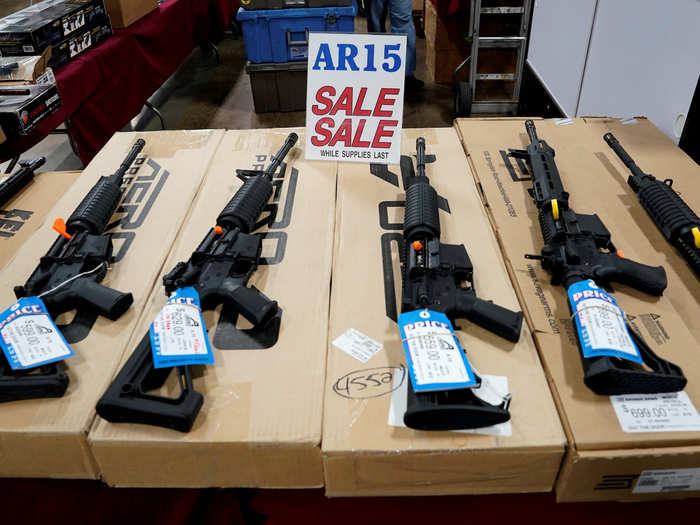
The AR-15 is a semi-automatic rifle and has been referred to by the National Rifle Association as "America's most popular rifle."
The "AR" in AR-15 does not stand for "assault rifle," but is linked to the original manufacturer of the firearm: ArmaLite, Inc. The name stands for ArmaLite Rifle.
The AR-15 was originally developed by ArmaLite to be a military rifle, designing it for fast reloading in combat situations, but the company hit financial troubles. By 1959, ArmaLite sold the design of the AR-15 to Colt, which had success in pitching it to the US military.
The rifle's automatic version, the M-16, was used during the Vietnam War. Meanwhile, Colt sold the semi-automatic version, the AR-15, to the public and police.
"If you're a hunter, camper, or collector, you'll want the AR-15 Sporter," a 1963 advertisement for the firearm said.
Colt's patent on the rifle's operating system expired in 1977, opening the door for other manufacturers to copy the technology and make their own models.
The AR-15 was prohibited from 1994 to 2004 via the assault weapons ban. Gun manufacturers promptly reintroduced the AR-15 after the ban expired, and sales went way up.
There are "well over 11 million" AR-15 style rifles in the hands of Americans, according to investigation by CBS News's "60 Minutes," which also notes handguns kill "far more people."
But AR-15 style rifles have frequently been used in mass shootings, placing the firearm at the center of the debate over gun control — particularly in relation to whether an assault weapons ban should be reimposed.
High-capacity magazines
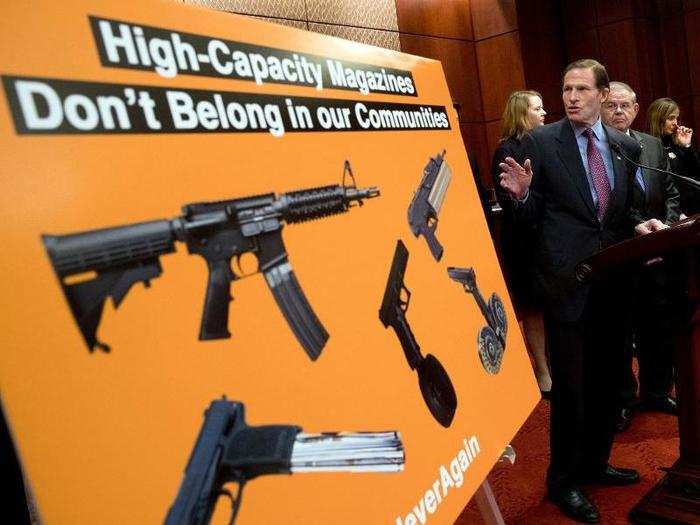
High or large-capacity magazines are typically defined as ammunition-feeding devices holding more than 10 rounds. Nine states currently ban high-capacity magazines.
High-capacity magazines are capable of holding up to 100 rounds of ammunition, allowing for dozens of shots to be fired off before reloading. The refile used in the recent mass shooting in Dayton, Ohio, was affixed to a 100-round drum magazine.
This is what a 100-round drum magazine looks like from the Dayton shooting. Authorities say he had a .223-cal rifle with this attached: pic.twitter.com/sWh8MDHI0g
— Nick Penzenstadler (@npenzenstadler) August 4, 2019Bump stock
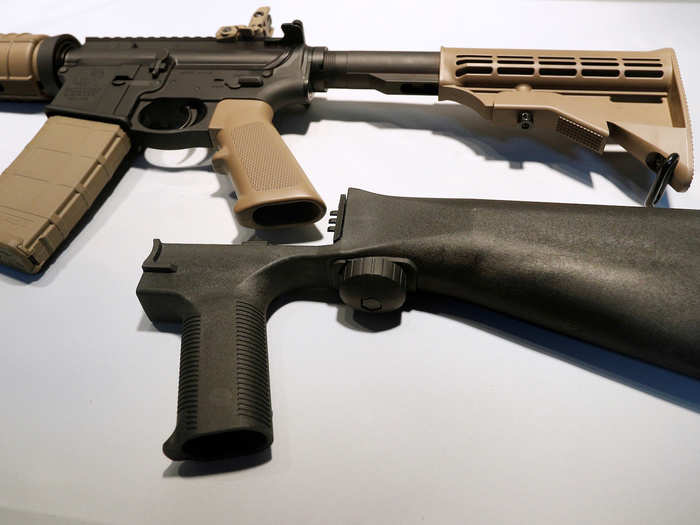
A bump stock is an attachment that allows a semi-automatic weapon to fire at a more rapid rate.
It replaces the standard stock of a rifle, or the part of the firearm that rests against the shoulder. A bump stock uses the recoil effect to bounce the rifle off of the shoulder of the shooter, which in turn causes the trigger to continuously bump back into the shooter's trigger finger.
In effect, bump stocks allow semi-automatic weapons to fire like machine guns.
Bump stocks were banned by the Trump administration in a large part due to the Las Vegas shooting in 2017, which was the deadliest mass shooting in US history.
As of today, it is illegal to own a bump stock in the U.S. The rule was first proposed after a gunman used the device to fire more rapidly into a crowd in Las Vegas: pic.twitter.com/CER8BjJvGw
— NPR (@NPR) March 26, 2019Red flag law

Red flag laws allow judges to temporarily confiscate a person's firearms if they're considered a danger to themselves or others.
Over a dozen states have implemented red flag laws, according to CBS News, including:
- California
- Colorado
- Connecticut
- Delaware
- Washington, DC
- Florida
- Hawaii (effective Jan. 1, 2020)
- Illinois
- Indiana
- Maryland
- Massachusetts
- Nevada (effective Jan. 1, 2020)
- New Jersey
- New York
- Oregon
- Rhode Island
- Vermont
- Washington state
Gun show loophole
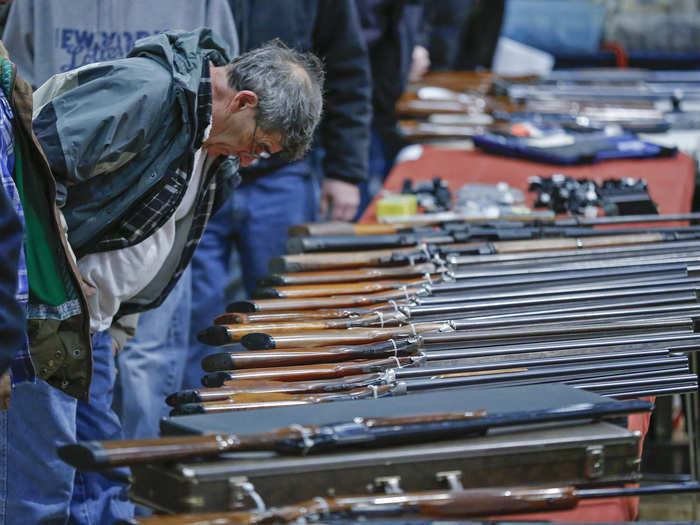
The so-called "gun show loophole" is among the most discussed topics in relation to calls for gun reform advocates for expanded background checks.
"Gun show loophole" is a catch-all phrase referring to the sale of firearms by unlicensed, private sellers at gun shows and other venues — including the internet — without the involvement of background checks.
Federally licensed gun dealers are required to run background checks, but not all sellers are required to be licensed — laws vary from state to state. In this sense, there is a "loophole" that allows private sellers to sell firearms without conducting background checks.
The Bureau of Alcohol, Tobacco, Firearms and Explosives (ATF) is the federal agency that licenses gun dealers.
"As a general rule, you will need a license if you repetitively buy and sell firearms with the principal motive of making a profit," the ATF states. "In contrast, if you only make occasional sales of firearms from your personal collection, you do not need to be licensed."
The implementation of a federal law requiring universal background checks, or background checks for all gun sales, has been at the top of the wish list for gun control advocates for years.
It's also a policy that the vast majority of Americans support. According to polling conducted by Pew Research Center in late 2018, 91% of Democrats and 79% of Republicans favor background checks for private gun sales and sales at gun shows.
A breakdown of gun terminology to help you in discussions on mass shootings and debates over gun control
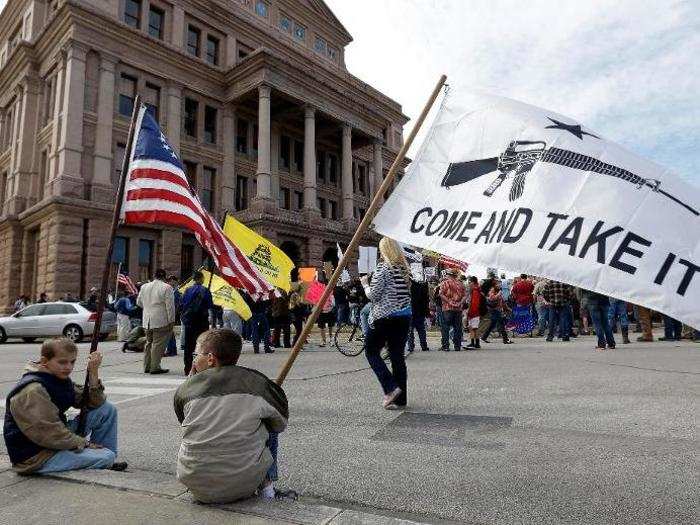
- Read more:
- Dayton Mayor Nan Whaley doesn't want the mass shooting in her community to become a story about Donald Trump
- Trump gave a thumbs-up in a photo with a baby orphaned by El Paso mass shooting
- Trump made himself the victim on a day meant to be about the victims of mass shootings
- Obama faced relentless opposition to gun reform, even after a shooting that left 20 children dead
Popular Right Now
Popular Keywords
Advertisement